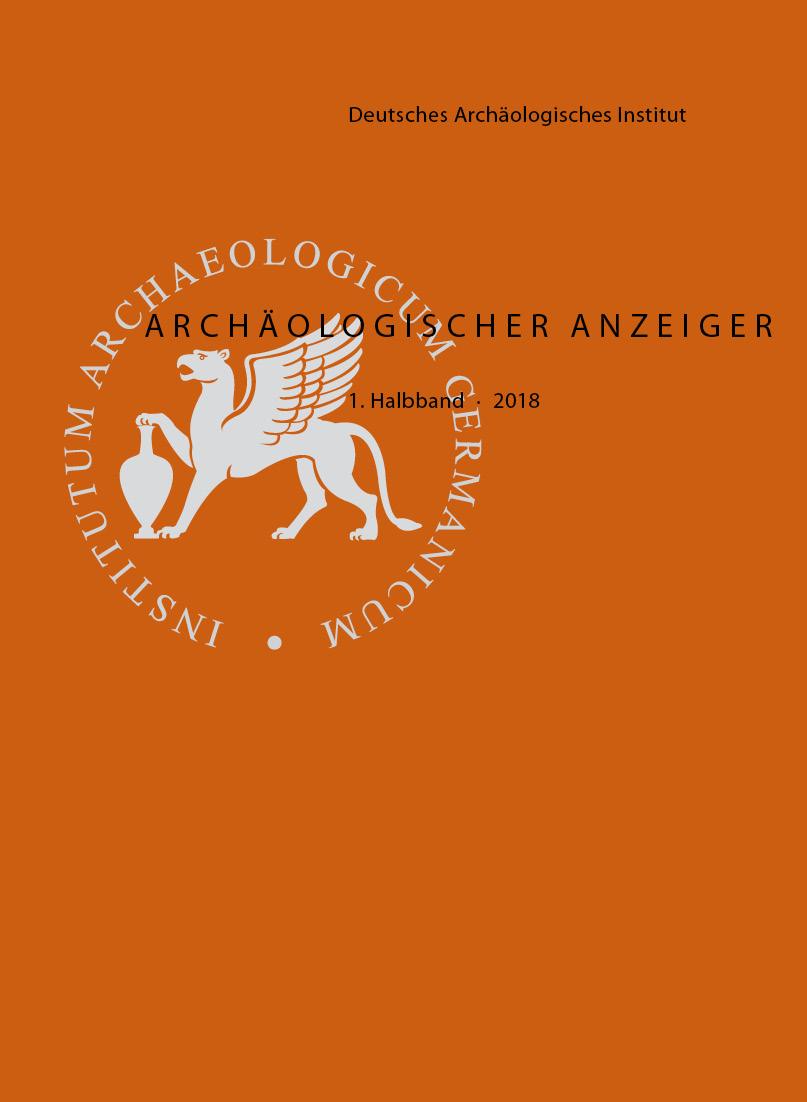The Grotta di Matermania on Capri. Construction, Space and Atmosphere of an Imperial Pavilion
https://doi.org/10.34780/1w69-82k7
Abstract
The Grotta di Matermania on the island of Capri was most probably created by one of the first Roman emperors as a monumental framing device for the imperial cena, representing one of several architectural interventions on the island residence. Features of nature and architecture were combined in this grotto by contrasting the wilderness of the natural setting and the heterogeneous rocky surfaces with the precise geometry of the architectural forms. This effect was achieved by taking into account the differing temperature, light, and shadow as well as by applying opus sectile floors and glass and sea-shell wall coverings. For the architect it must have been especially appealing to fit a convincing architectural design based on the rules of proportions into the existing physical boundary of the grotto.Schlagworte:
imperial residence, Roman villa, nature, architectural desgin, grotto-nymphaeum
Downloads
Ausgabe
Bibliographische Daten & Rezensionen
Citation Formats
Busen, T. und Grüner, A. (2020) „The Grotta di Matermania on Capri. Construction, Space and Atmosphere of an Imperial Pavilion“, Archäologischer Anzeiger, 1, S. 183–210. doi: 10.34780/1w69-82k7.





